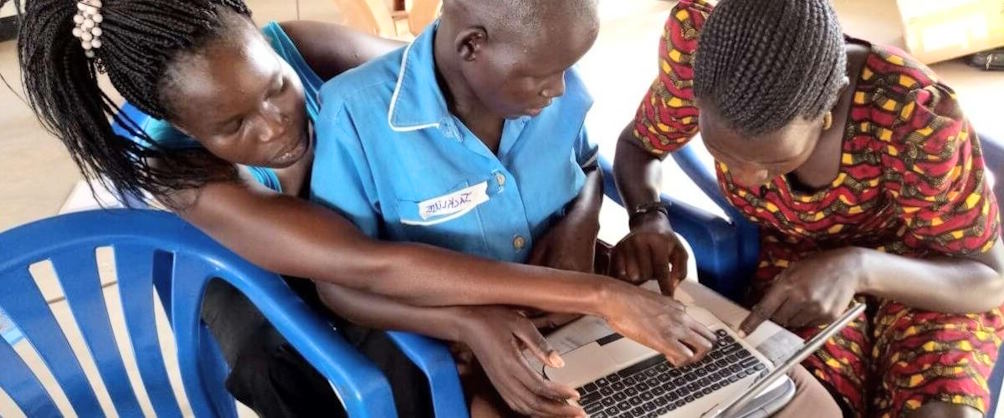Global Reach: Bridging the Digital Divide Through Technology Donations
Digital Inclusion on a Global Scale
United Nations (UN) Initiatives
The United Nations has recognized digital inclusion’s importance in achieving sustainable development goals. Through organizations like the International Telecommunication Union (ITU), the UN promotes technology access and digital literacy programs in developing countries.

Global Tech Corporations
Tech giants such as Google, Microsoft, and Apple have substantially contributed to global digital inclusion. They donate devices, provide software, and fund initiatives to expand digital access in underserved regions.
Non-Governmental Organizations (NGOs)
Numerous NGOs focus on digital inclusion as a central part of their mission. Organizations like One Laptop per Child (OLPC) and Digital Divide Data (DDD) work to provide digital devices and training to disadvantaged communities worldwide.
Initiatives for Underserved Regions
Connectivity Projects
Global initiatives like Internet.org (now Free Basics by Facebook) aim to provide free or affordable internet access to remote and underserved regions. By collaborating with local telecommunications providers, these projects offer a limited but essential range of online services to communities with limited connectivity.
Education Partnerships
Many organizations partner with schools and educational institutions in underserved regions. They donate digital devices, such as laptops and tablets, and provide training for teachers and students. These efforts empower educational institutions to integrate technology into their curricula effectively.
Rural Electrification
Access to digital technology often hinges on reliable electricity. Projects aimed at rural electrification, such as the Renewable Energy for Rural Areas (RERA) initiative, provide electricity and digital access to remote communities.

Community Technology Centers
NGOs and governments collaborate to establish community technology centers in underserved areas. These centers offer computer access, digital literacy programs, and support for local entrepreneurs.
Public-Private Partnerships
Successful initiatives bridge the digital divide through partnerships between governments, private sector companies, and civil society. These public-private partnerships leverage the strengths of each sector to address the multifaceted challenges of digital inclusion.
Challenges and Future Directions
Challenges persist while significant progress has been made in bridging the digital divide. These include affordability, infrastructure limitations, and ongoing support and training. Future efforts should focus on sustainable solutions that empower communities to manage and maintain digital resources effectively.
